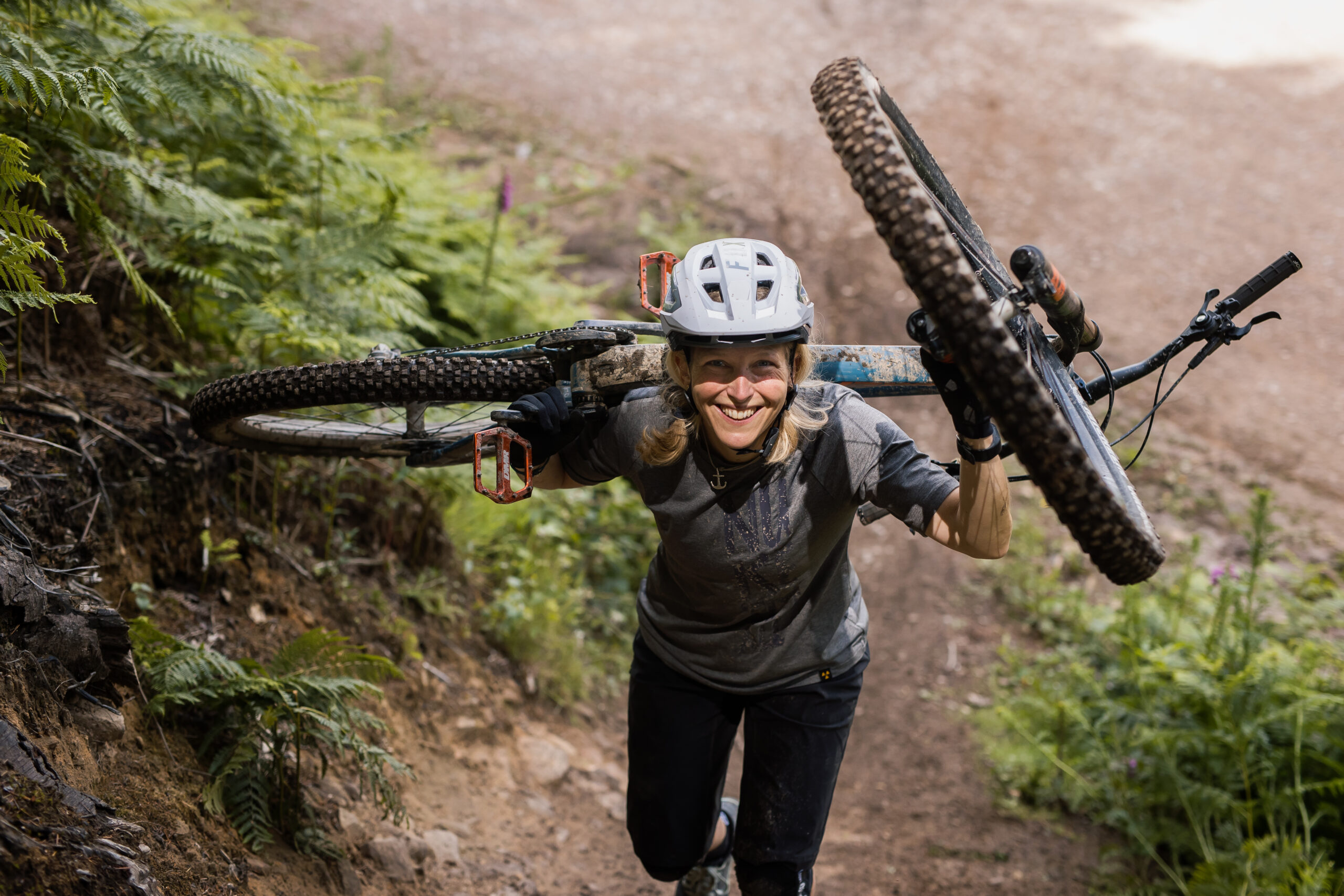In BikeRadar's Tech Q&A, our expert team answer your cycling questions – big or small – with insights from our tech team and trusted industry experts. This time, Chad wants to put an old set of non-Boost wheels into use on his new bike.
I’ve got a decent set of non-Boost wheels I’d like to use on my new bike, but my new frame and fork are both Boost. Is there any way to convert standard wheels to Boost spacing, or do I need to bite the bullet and buy a new wheelset?
Chad Jackson
You can use your existing non-Boost wheels with your new Boost frame, but there are some caveats.
First, a bit of context. Boost spacing – 110mm front, 148mm rear – is now the norm on almost all mountain bikes.
Previously, most used 100mm front, 142mm rear; and before that, 100mm front, 135mm rear was standard (with quick-release skewers instead of thru-axles).
A few bikes use the 157mm Super Boost standard at the rear, championed by Pivot Cycles, and some downhill bikes use 150mm rear hubs (plus a 20mm rather than 15mm axle up front), but we’ll focus on regular Boost wheels here.
- Read more: A guide to mountain bike axle standards | Quick-release, thru-axles, Boost and more explained

Starting with the front wheel, it’s relatively easy to buy a ‘symmetrical’ adaptor kit (such as the Problem Solvers Booster Front Hub Spacing Kit), which simply adds spacers on either side of the non-Boost hub so it sits evenly in the wider fork dropouts.
These are fairly straightforward for a home mechanic to install and will do the job well. You’ll also require brake-rotor spacers to ensure the front disc stays aligned with the caliper. Some adaptor kits include these.
Alternatively, you can use an ‘asymmetrical’ kit (such as the Wolf Tooth Boostinator DF2/DF3/H). These add the extra spacers on one side only, so the brake rotor remains in line with the caliper.
Note that spacers are typically hub-specific and not a one-size-fits-all solution. Wolf Tooth offers spacers for DT Swiss, Hope and Industry Nine hubs, for example.
The rear wheel is trickier to convert, because the rim should be centred within the rear triangle but not necessarily centred over the hub.
Not only will you need a rear-specific adaptor kit – either symmetrical (such as the Problem Solvers Booster Rear Hub Spacing Kit) or asymmetrical (such as the Wolf Tooth Boostinator HR/9TR) – but the wheel will also benefit from being re-dished, to make sure the hub is in the correct position.
What is a chainline?
You will also need to consider the chainline to make sure the gears shift smoothly.
Chainline is a measurement taken from the centre of your rear hub to the middle of the freehub.
For the crankset, it is a measurement taken from the centre of the bottom bracket shell to the space between the chainrings on a 2x setup, or where the chainring sits on a 1x setup.
For rear-wheel adaptations, we’d recommend speaking to your local bike shop and/or wheel builder for advice. It’s possible, but needs to be done correctly for the wheel to be strong and the drivetrain to work correctly.



